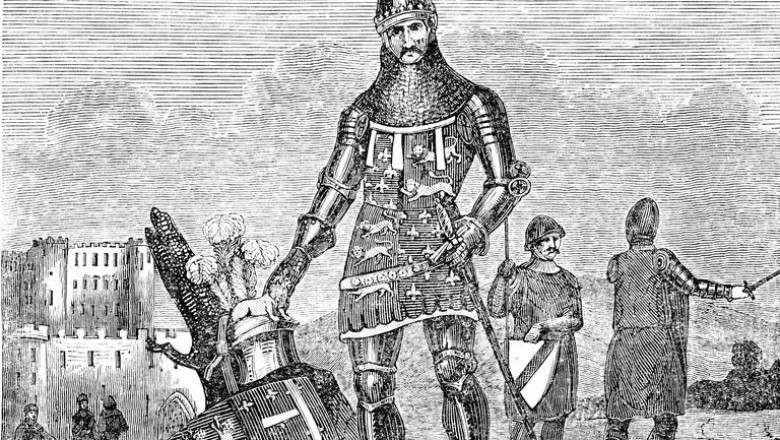
Centuries after the burial of the 'Black Prince,' experts noticed a wild detail during the examination of his tomb.
The Sack of Limoges
As a young man, the firstborn son of King Edward III was known for his outstanding battlefield skills and became a key figure in the Hundred Years' War.
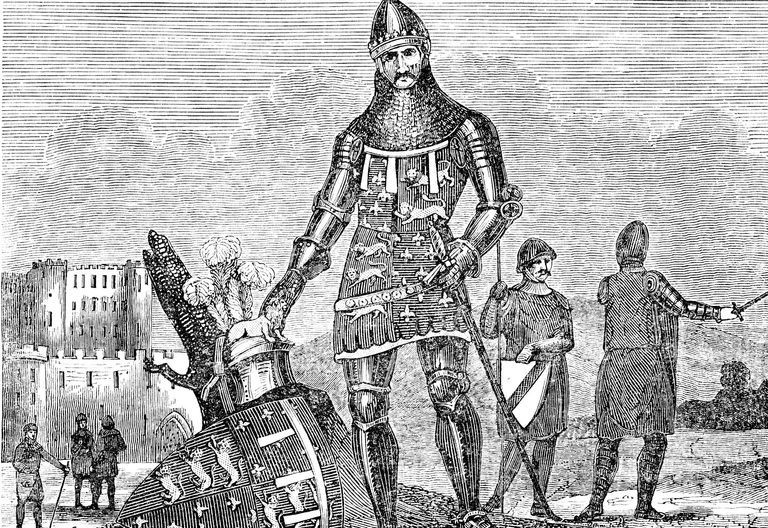
Legends suggest that during the sack of Limoges, he killed thousands of people and ruthlessly rampaged through the French city, leaving behind a bloody trail of terror.
The Black Prince
In short, Edward truly earned his reputation as the Black Prince. When he died, he left detailed instructions for his burial, including the life-sized statue that still adorns his tomb today.
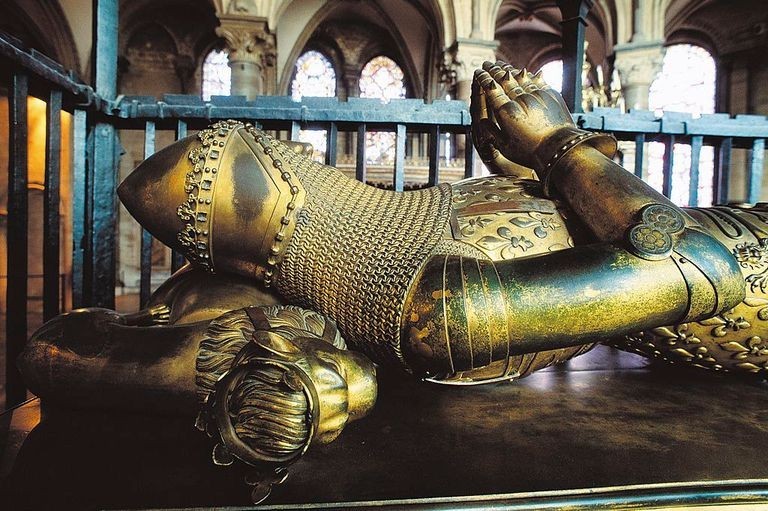
For over 600 years, this monument has stood untouched in Canterbury Cathedral - a testament to a man who is still revered and feared centuries after his death.
Modern Investigation
In the 21st century, far removed from medieval times, a dedicated group of researchers set out to investigate the mysterious tomb of the Black Prince more closely. Using cutting-edge technology, they delved deeper into the past and its associated secrets than any researcher before them. In doing so, they have gathered exciting insights that offer new perspectives on the prince's life.
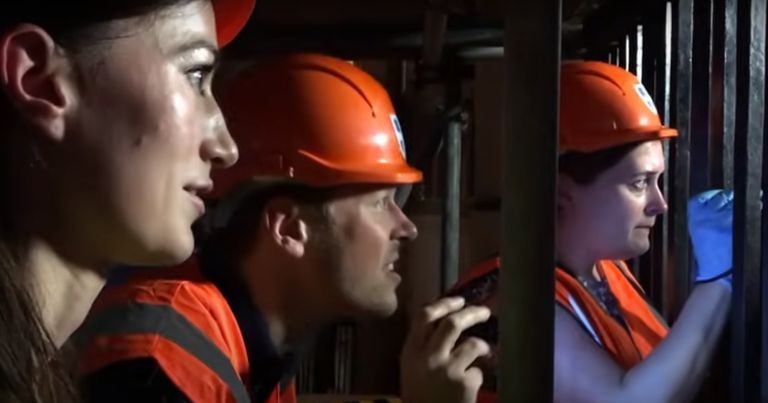
Through their work, we can now gain a clearer picture of the life and circumstances surrounding the death of this historical figure, who has often been controversially discussed in history. It is an impressive fusion of modern technology and historical curiosity that allows us to relive history in a new light.
Canterbury Cathedral
The latest chapter in Edward's long and complex legacy reached its climax in October 2021 when a team from the Courtauld Institute in London announced the results of a recent study.
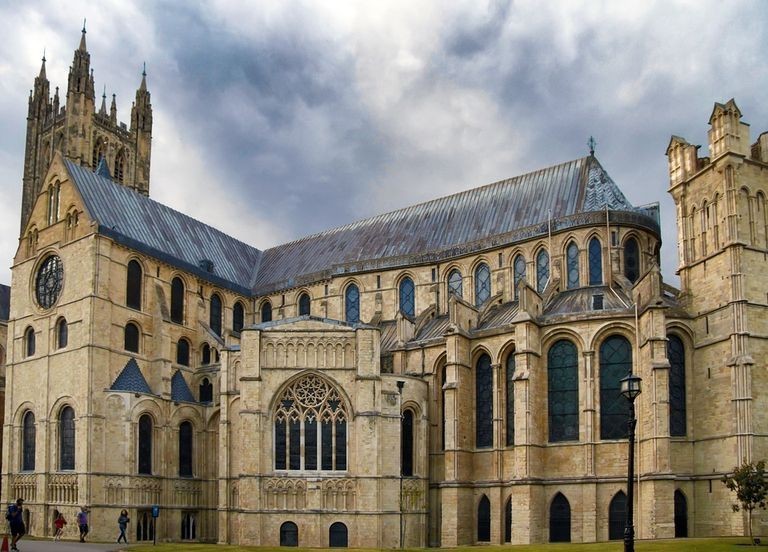
Beneath the arches of Canterbury Cathedral, they analyzed the materials of the statue on the Black Prince's tomb, uncovering some surprising findings.
The Courtauld Institute
According to a statement released on October 27, the study was led by medieval art lecturer Jessica Barker, University College London conservator Graeme McArthur, and doctoral student Emily Pegues.

Together, they aimed to learn more about Edward's tomb and attempted to unravel some of the mysteries surrounding this controversial prince.
Edward of Woodstock
In 1330, in the picturesque town of Woodstock in Oxfordshire, Edward was born as the eldest child of a total of twelve children born to King Edward III and his beloved wife Philippa of Hainault. As the direct heir and eldest child, it was inevitable that he would bear a significant amount of responsibility from a young age. From the start, Edward displayed impressive maturity and an ability to face the tasks set before him.

He grew up in an environment of royal protocol and expectation, and at least in his early years, he seemed not only to meet but even exceed the high expectations placed on him. His potential as a future ruler was unmistakable early on.
The Young Prince
Already in 1338, Edward took on the responsibility for the kingdom while his father was abroad, although this role was more of a symbolic nature.

As he grew older, he took on more active roles in England's military campaigns. Even as a teenager, he was knighted in the French town of Saint-Vaast-la-Hougue.
Hundred Years' War
At that time, England and France were embroiled in a conflict known as the Hundred Years' War.
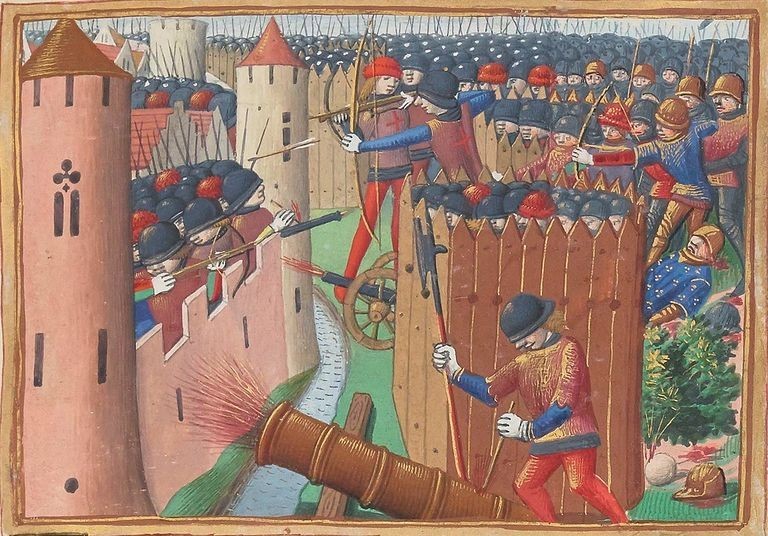
As both sides claimed the French throne, the conflict escalated into a confrontation that affected much of Western Europe. When it ended more than a century later, millions of people had lost their lives.
Battle of Crécy
At the beginning of the Hundred Years' War, Edward - only 16 years old - led his men to victory in the Battle of Crécy. Later, he besieged a series of towns in southwestern France.
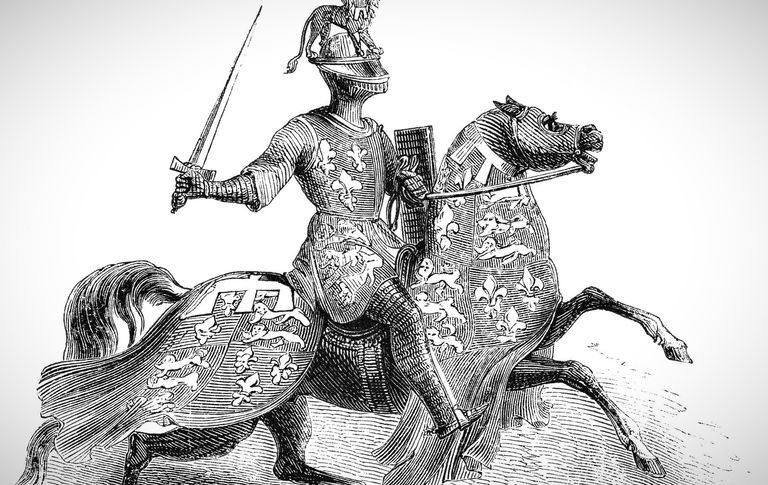
When he was surrounded by the enemy in 1356, he refused to surrender to King John II and instead launched the Battle of Poitiers.
The Battle of Poitiers
Despite being outnumbered by French troops, Edward and his men displayed remarkable bravery and strategic acumen. With courage and determination, they not only managed to repel the superior French forces but also achieved an impressive victory on the battlefield. Amidst this triumph, they accomplished the unexpected - capturing the French king and holding him as a hostage.
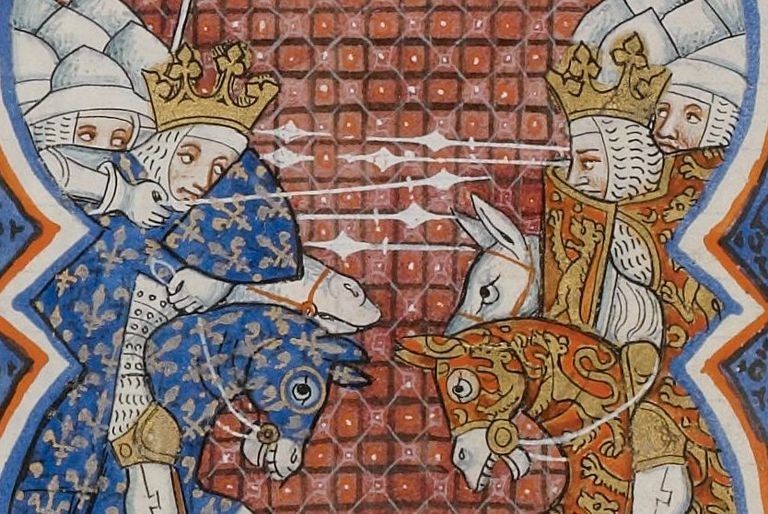
After some negotiations and diplomatic maneuvers, this powerful monarch was eventually safely returned to his French people. As a symbol of his power and success, Edward, known as the "Black Prince," was rewarded with a substantial territory over which he would rule henceforth.
Medieval Fame
During the Hundred Years' War, Edward experienced both victories and defeats, and despite the later reconquest of his territories by France, his reputation remained untarnished in England. His early military successes, particularly against the French, firmly entrenched him in the annals of history, making him a celebrated figure in medieval England. However, his influence was not limited to England alone.

Several times, he felt compelled to cross the English Channel and intervene in the political and military upheavals on the continent. With each return to the European continent, Edward demonstrated his commitment to resolving the numerous conflicts and restoring peace in the region.
An Impressive Figure
As a skilled military commander and heir to the English throne, Edward must have cut an impressive figure both on and off the battlefield.

However, over the years, his reputation evolved into something even more fearsome - that of the bloodthirsty Black Prince. But where did this nickname come from?
Dark Soul
Some claim that Edward earned this dark moniker due to his black soul. Indeed, there are several reports indicating that he was an especially violent and ruthless man.

For example, reports from Limoges in 1370, where the prince ruled on behalf of his father until a trusted aide betrayed him.
Massacre
Out of fury over the betrayal, it is said that Edward ordered his army to plunder the city, resulting in the slaughter of men, women, and children alike.

Estimates suggest that more than 3,000 people perished in the ensuing bloodbath. Since that day, the Black Prince has been known throughout France as the Butcher.
Another Story
However, nowadays there are scholars who question this version of events and speak of a more acceptable death toll of "only" a few hundred people, which was not unusual for the time.
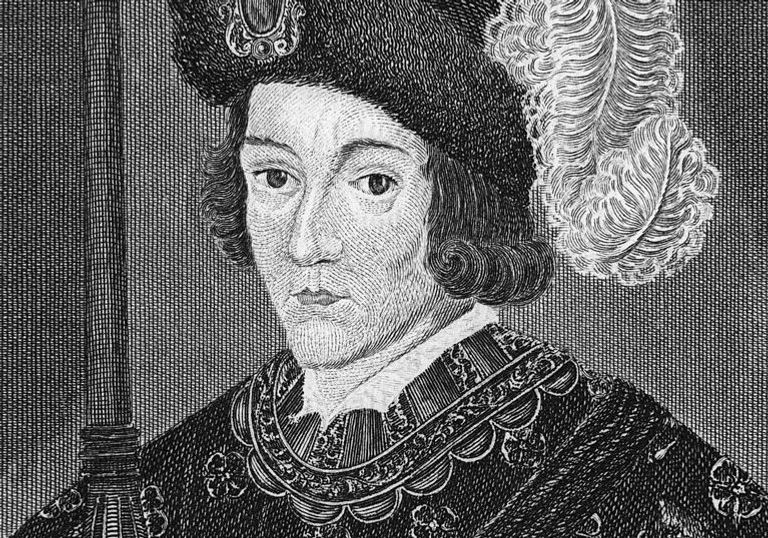
And while Edward apparently was plagued by guilt towards the end of his life, there is no evidence that a brutal massacre was the cause of his discontent.
Coat of Arms
Others argue that the nickname is simply a reference to Edward's coat of arms, which depicted three white feathers against a black background.
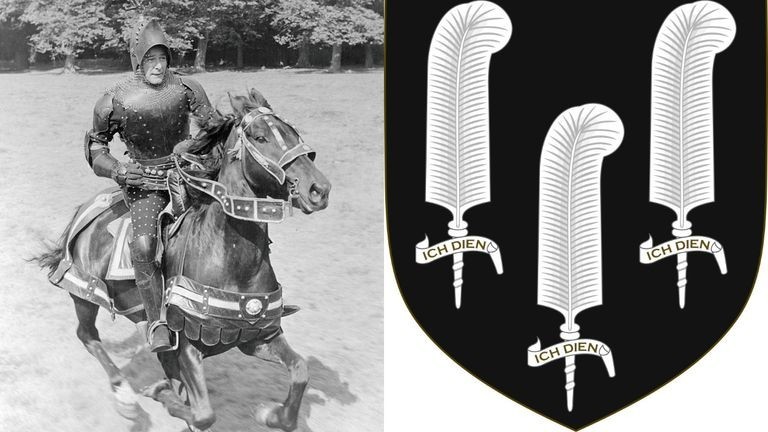
Given the respect the prince enjoyed among his contemporaries, it is hard to imagine him solely as a mad butcher, even from a French perspective.
Death
Whatever the truth may be, the Black Prince undoubtedly left a mark on history, both on the battlefield and beyond. And his death in June 1376 was no less dramatic.

Stricken with dysentery, he reportedly turned to God in his final days, leaving very precise instructions for his burial.
The Black Prince's Tomb
According to the Courtauld Institute's statement, Edward desired his likeness to be placed prominently and urged all passersby to pray for his soul.

As if that weren't enough, he also left a chilling epitaph and provided instructions for the words to be engraved on his future grave.
Epitaph
The epitaph reads,
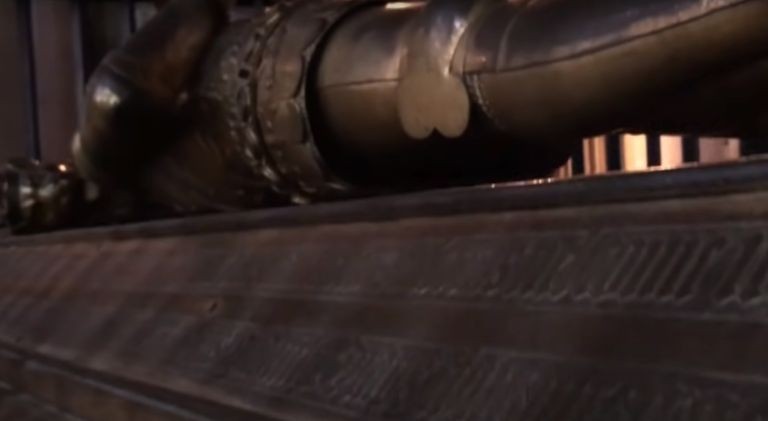
Anyone who has visited Canterbury Cathedral will know that the Black Prince's final wish was duly fulfilled.
Fully Armored
Edward, always detail-oriented and forward-thinking, left not only simple instructions for his final resting place. Among other testamentary wishes, he explicitly demanded the creation of an exceptionally detailed bust depicting him in full warrior splendor. He wished for this representation to present him "fully armored," a clear sign of his martial nature and unwavering role as a warrior.
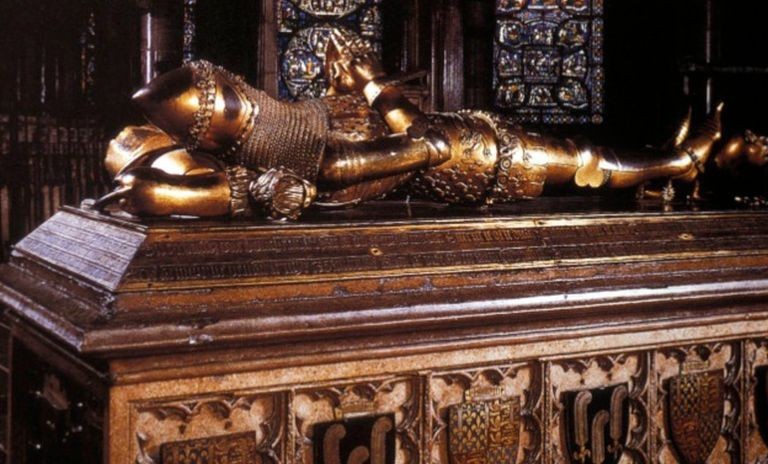
This bust was to be not just his likeness but also symbolize the bravery and determination he had shown throughout his life. It was crucial for him that posterity remembered him as the fearless warrior he was.
Canterbury
Approximately 100 kilometers southeast of London, in the county town of Kent, which sets the backdrop for Chaucer's famous "Canterbury Tales," stands one of the oldest churches in Great Britain.

Over the years, many prominent figures have been interred here, from the murdered Archbishop Thomas Becket to King Henry IV.
Atonement
In the historical context of medieval England, it was a widespread tradition for royals, especially those of such high rank as Edward, to find their final resting place in the venerable crypts of Westminster Abbey in London. Yet Edward's decision to be interred elsewhere has baffled historians and enthusiasts alike, sparking speculation. Some believe that this unconventional choice of burial place was a sign of his deeply felt need to atone for his earthly sins.
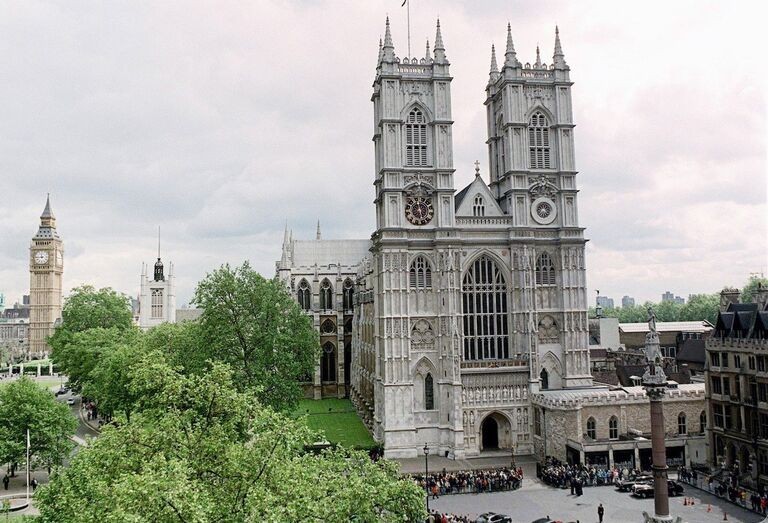
The magnificent design of his tomb, combined with a mysteriously macabre epitaph, subtly but strikingly hints at his inner struggle with the impermanence of life. It seems as though Edward, despite all his power and fame, was not entirely reconciled with the inevitability of death.
An Unsolved Mystery
In the center of the cathedral, not far from a chapel honoring Becket, stands the tomb that Edward requested in his final moments. With an incredibly detailed bust of the Black Prince in full armor, it continues to captivate visitors to this day.
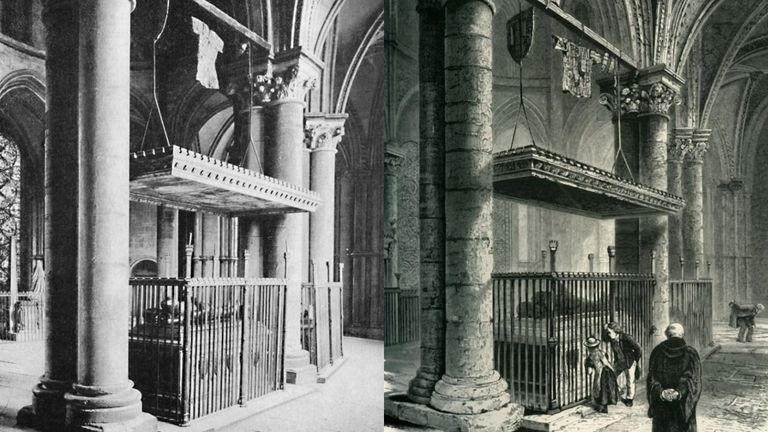
And for Dr. Barker, McArthur, Pegues, and their team, it was a mystery waiting to be unraveled.
Medieval Legacy
As stated, Edward's bust in Canterbury Cathedral is a rare artifact, one of only half a dozen similar sculptures from the medieval period.

Although the bust was commissioned by the Black Prince himself in metal, questions about its origin remain. In a 2017 video, Dr. Barker explains the inspiration for the latest study.
Cutting-Edge Technology
"Who actually carried out the Black Prince's wishes?" Dr. Barker ponders in an interview on Canterbury Cathedral's YouTube channel. "And who created his tomb?

I really want to answer these two questions." With state-of-the-art technology, the team set out to definitively unlock the secrets of the tomb.
Analysis
In an enlightening video, Dr. Barker delves into the methods her team employed in examining Edward's historical tomb. With a blend of passion and scholarly zeal, she explains that they did not rely on a single method alone. Instead, they combined art historical techniques, viewing the tomb with utmost precision using mirrors and physically interacting by carefully probing it.
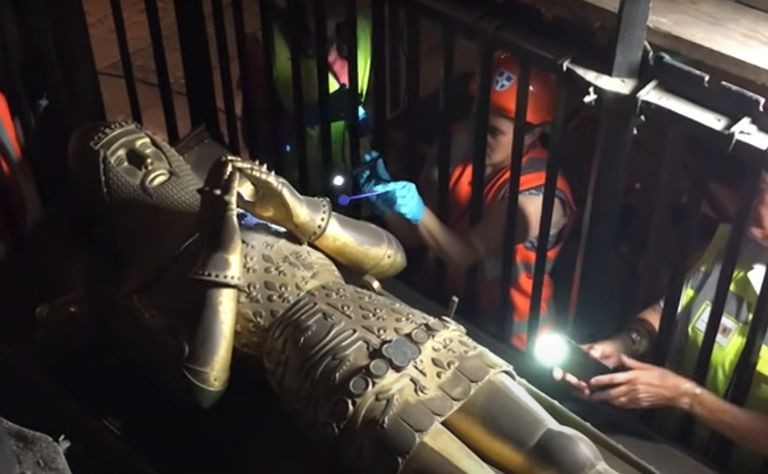
Simultaneously, they utilized modern scientific approaches, particularly XRF analysis, to obtain deeper insights into the materials and construction of the tomb. This multidisciplinary approach provided them with a holistic perspective on the impressive monument.
Portable X-ray Fluorescence
Portable X-ray fluorescence (XRF) devices are used to analyze the elemental composition of a substance without the need for invasive procedures.

For a team looking to study a 600-year-old bust, XRF was an indispensable tool. However, it was not their sole method for examining the medieval sculpture.
Video Probe
In their ongoing examination of the imposing tomb, Dr. Barker's team utilized special technology, a camera known as the video probe. This sophisticated instrument allowed them to peer inside the bust by inserting it through minute existing openings in the sculpture.

This in-depth look into the bust's interior revealed construction and assembly aspects that had remained hidden until then. Surprisingly, they found that their discoveries did not entirely align with the expectations based on external observations and historical records. These unexpected results significantly enriched their understanding of the artwork.
"A Long Overdue Opportunity"
Dr. Barker emphasized in her statement the previous obstacles in researching the Black Prince's tomb. She pointed out that the lack of substantive documents and records left many questions about the creation, timeline, and financing of the impressive tomb unanswered.
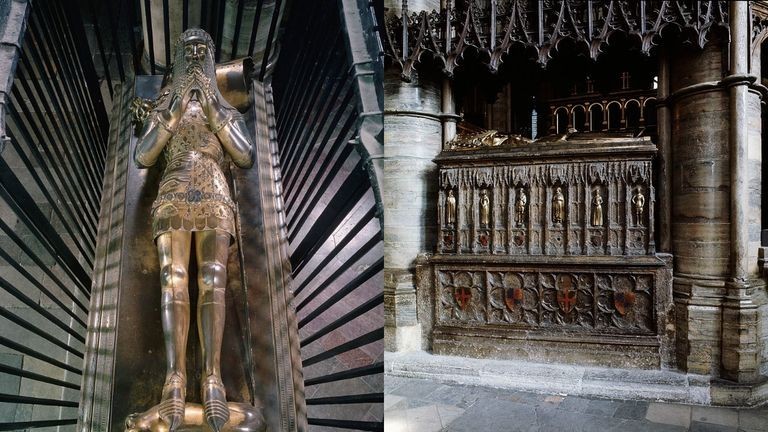
This knowledge gap had always posed a significant challenge for historians and researchers. However, as Dr. Barker highlighted, the recent investigations finally offered a long-overdue opportunity to deeply analyze this historical artwork and view it in a new light.
Raising Doubts
"By employing the latest scientific technologies and through meticulous examination of the bust, we were able to learn much more about its crafting process, assembly, and finishing," Dr. Barker continued.

Historians previously assumed that the tomb was erected shortly after Edward's death. However, the team's analyses soon raised doubts about this long-standing theory.
A New Date
As it turned out, Edward's bust was composed of the same alloys used in constructing a similar monument for his father in 1386.

Experts now believe that it was cast and erected a decade after the Black Prince's death. But who had ensured the fulfillment of his wishes after such a long time?
Richard II
After thorough investigations, Dr. Barker and her research group discovered that the primary agent behind executing Edward's final wishes was his own son. This young monarch, later known as Richard II in the history books, faced numerous challenges during those days.
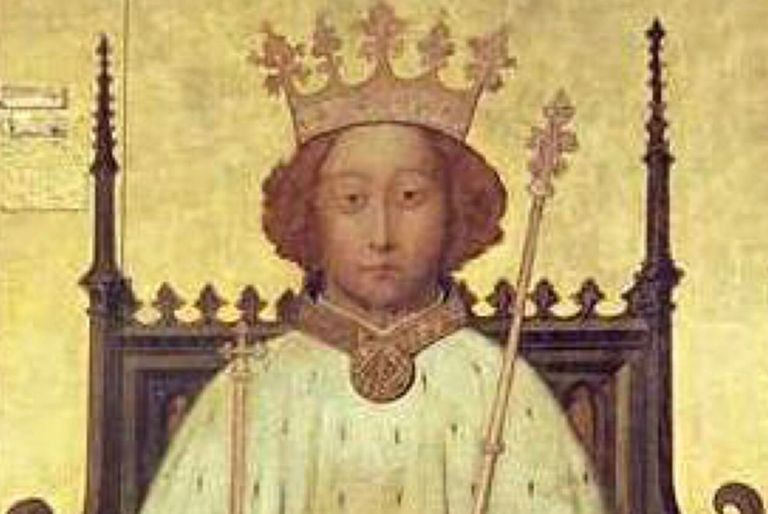
At that time, a new conflict with France seemed to be looming on the horizon, which had political and economic ramifications for the kingdom. The resulting financial burdens and general insecurity led to a significant decline in Richard II's popularity and reputation among his people.
Propaganda
In her detailed statement, Dr. Barker exposed the possible motives and intentions of Richard II. She speculated that, amid a time of political uncertainty and change, Richard II sought to make a strong statement by producing impressive metal busts of his royal ancestors, particularly his father and grandfather.

These busts, which stood out in quality and craftsmanship, were intended to symbolize the immutability and permanence of the royal crown. Richard II later commissioned similarly magnificent busts for himself and his beloved wife, Queen Anne of Bohemia, underscoring his desire to emphasize the royal heritage and the monarchy's significance.
The Armorer's Work
Interestingly, researchers found that most likely, a genuine armorer was involved in creating the bust, explaining the impressive level of detail.

In addition to ensuring the accuracy of the metal sculpture, he would have also ensured that the various parts were seamlessly assembled.
Edward's Real Armor
The creators of the bust had little artistic freedom. Since its construction in the 14th century, the tomb has stood in the shadow of Edward's real armor, which had been on display in Canterbury Cathedral for centuries.

Legend has it that his sword was once kept here as well until it was stolen by Oliver Cromwell during the English Civil War.
Full Fidelity
Dr. Barker expressed with palpable emotion the faithful representation of Edward's armor on the tomb. She stressed that this depiction does not just show a generic suit of armor but is actually an exact replica of Edward's own armor. This artwork impressively mirrors every nuance of the original armor, including small yet significant details like the precise placement of the rivets.

It's as if the armor, now empty above the tomb, was brought to life on the monument itself. The dedication and care with which this tomb was created showcase the high regard Edward held in history.
Questions
While the mystery of who carried out Edward's wishes may have been solved, one question remains: Who actually built the impressive tomb? According to Pegues, we may never know.
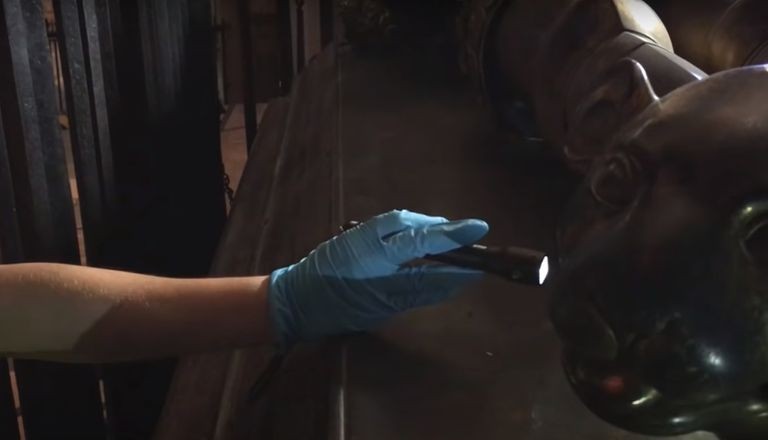
However, thanks to this recent analysis, we gained a unique insight into the timeless talent of the builders and the sculpture they left behind.
"A Completely Unique and Innovative Figure"
"Although the names of the artists have been lost to history, through a close examination of the sculpture's manufacturing process, we have reconstructed the artists' artistic processes, background, training, and the order in which the many parts of the sculpture were assembled," Pegues explained.
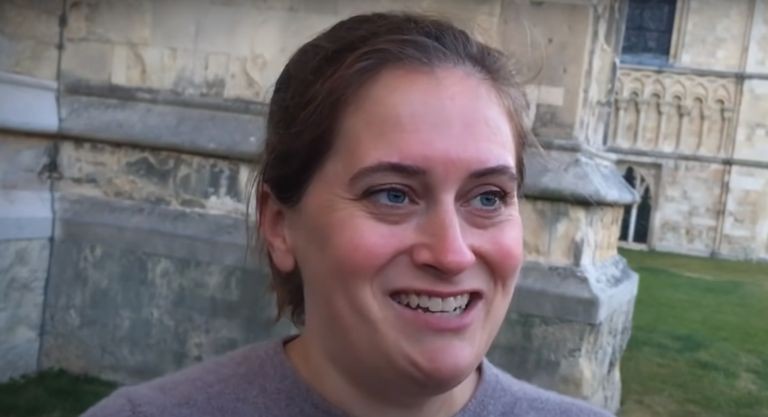
"This figure is absolutely unique and innovative, showing, contrary to common belief, just how technologically advanced the medieval era actually was."
"We See Different Things"
In the future, Pegues hopes that the same methods used to analyze Edward's tomb could lead to further insights.
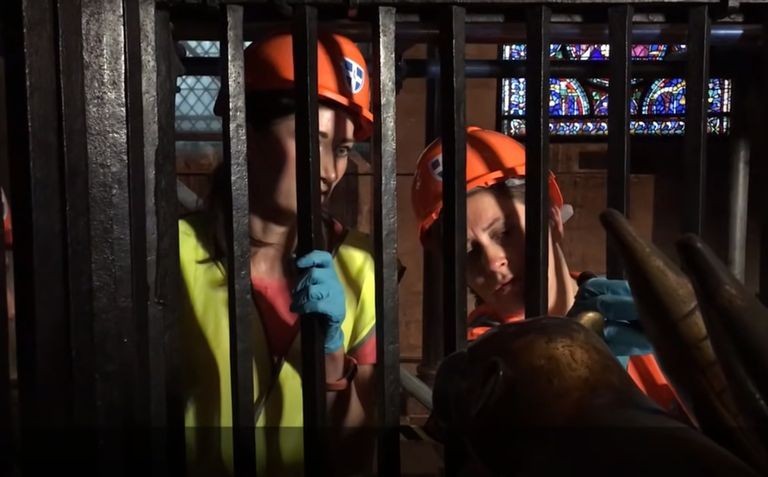
She stated, "Portable technologies and interdisciplinary technical studies like these allow scientists and art historians to jointly find answers to questions we may not be able to answer alone. We see different things."



















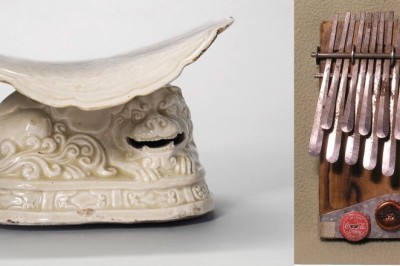
Comments
0 comment